History often celebrates the famous explorers who discovered new lands and charted unknown territories, but many courageous adventurers remain overlooked despite their significant contributions to our understanding of the world. These explorers ventured into uncharted regions, enduring immense challenges to map the unknown and expand our horizons. In this article, we recognize 11 overlooked explorers whose journeys played a crucial role in shaping our knowledge of the globe. Their stories, though less well-known, are a testament to the spirit of exploration and the relentless pursuit of discovery.
Alexander Gordon Laing
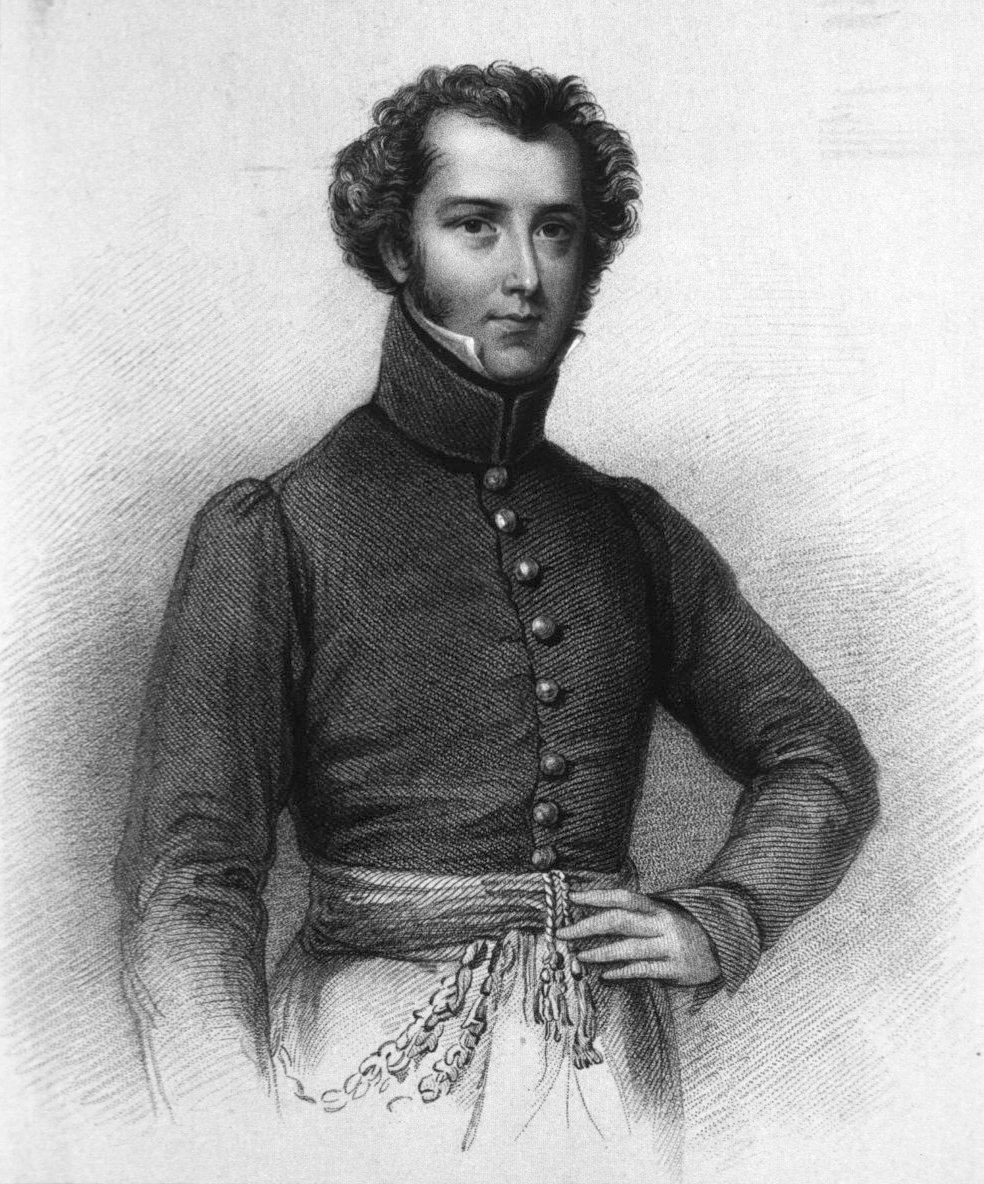
Alexander Gordon Laing was a British army officer and explorer who embarked on a perilous journey to reach the legendary city of Timbuktu, a destination that had eluded Europeans for centuries. In 1825, Laing set out from Tripoli, navigating the vast and treacherous Sahara Desert. His journey was fraught with danger, including betrayal by his guide and attacks by bandits, but his resilience was remarkable. Laing’s determination led him to become the first European to reach Timbuktu in 1826. Unfortunately, he never returned to share his discoveries with the world, as he was murdered shortly after arriving. While Laing’s achievement was significant, his contributions have largely been overshadowed by later explorers. His journey represents the epitome of perseverance and courage, making him one of the most overlooked figures in the history of exploration.
Auguste Piccard
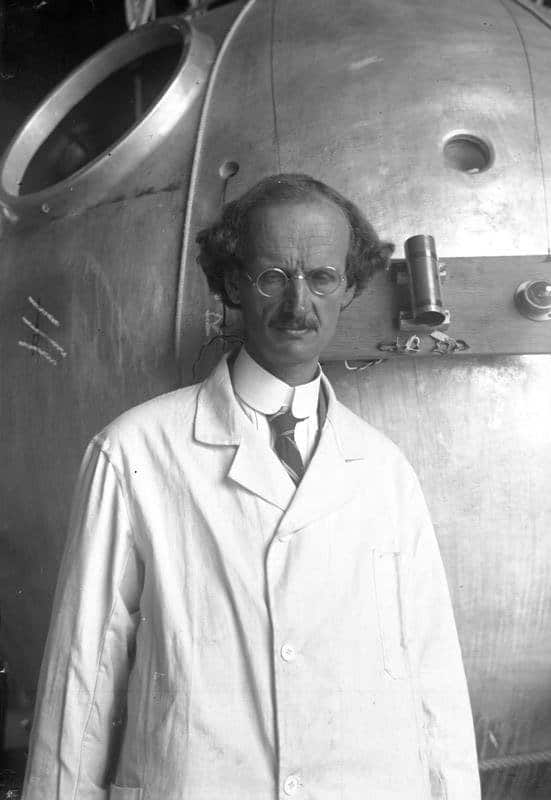
Auguste Piccard was a Swiss physicist and balloonist who pushed the boundaries of human exploration by venturing into both the stratosphere and the deep sea. In the early 1930s, Piccard designed a pressurized balloon gondola that allowed him to ascend to unprecedented altitudes, where he conducted groundbreaking research on cosmic rays. Later, Piccard shifted his focus to the ocean’s depths, inventing the bathyscaphe, a submersible vessel capable of withstanding the immense pressure of the deep sea. In 1960, his son Jacques and U.S. Navy Lieutenant Don Walsh used Piccard’s bathyscaphe, the Trieste, to reach the bottom of the Mariana Trench, the deepest part of the world’s oceans. Despite his extraordinary achievements, Piccard’s name is not as widely recognized as it should be, overshadowed by more famous explorers of space and sea. His pioneering work laid the foundation for modern scientific exploration, making him an unsung hero of the 20th century.
Zhang Qian
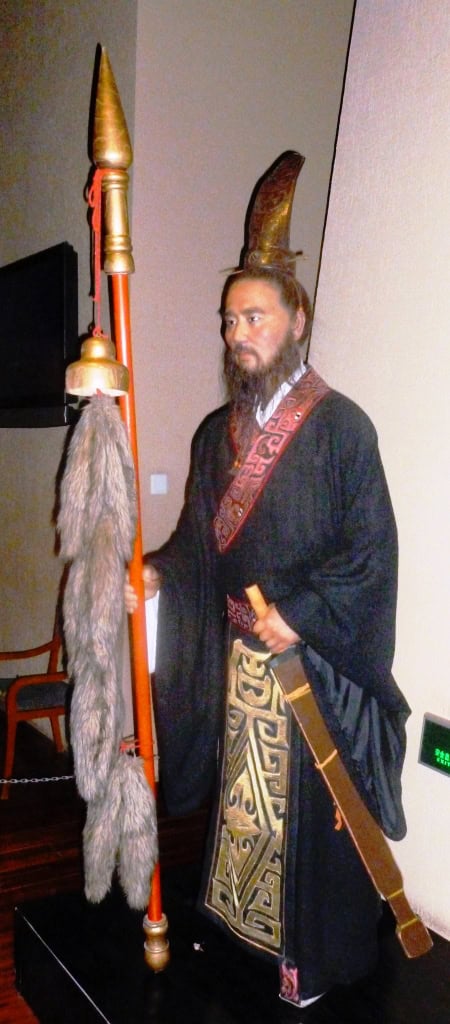
Zhang Qian was a Chinese diplomat and explorer during the Han dynasty who played a crucial role in opening up the Silk Road, one of the most significant trade routes in history. Sent by Emperor Wu in the 2nd century B.C. to forge alliances with Central Asian kingdoms, Zhang’s journey took him through perilous territories controlled by hostile nomads. Despite being captured and detained for years, Zhang eventually reached Bactria (modern-day Afghanistan), where he encountered Greek culture and brought back valuable information about the peoples and goods of Central Asia. His reports led to the establishment of trade routes that connected China with the Middle East and Europe, facilitating cultural and commercial exchanges that shaped the ancient world. Zhang Qian’s contributions to global trade and diplomacy are immense, yet his name remains relatively obscure outside of China, making him a truly overlooked figure in the annals of exploration.
Pytheas
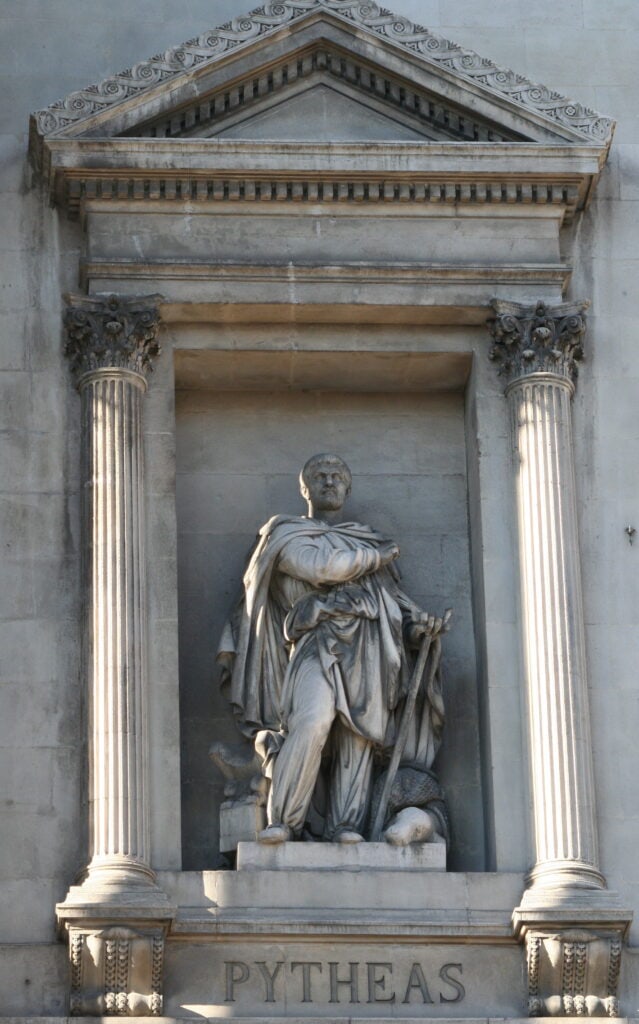
Pytheas was a Greek geographer and explorer who embarked on a remarkable journey around 325 B.C., venturing beyond the known world of the Mediterranean to explore the British Isles and possibly even the Arctic Circle. He is credited with being the first Mediterranean explorer to describe the British Isles and the phenomenon of the midnight sun, which he observed in a land he called Thule, believed to be Norway or Iceland. Pytheas’ accounts of “congealed seas” and long days were met with skepticism by his contemporaries, leading many to dismiss his discoveries. However, modern scholars have validated much of Pytheas’ observations, recognizing him as one of the earliest polar explorers. Despite his pioneering achievements, Pytheas’ name is not widely known, overshadowed by later explorers who ventured into the same regions. His exploration of the northern frontiers remains a testament to his daring spirit and curiosity about the world.
James Holman
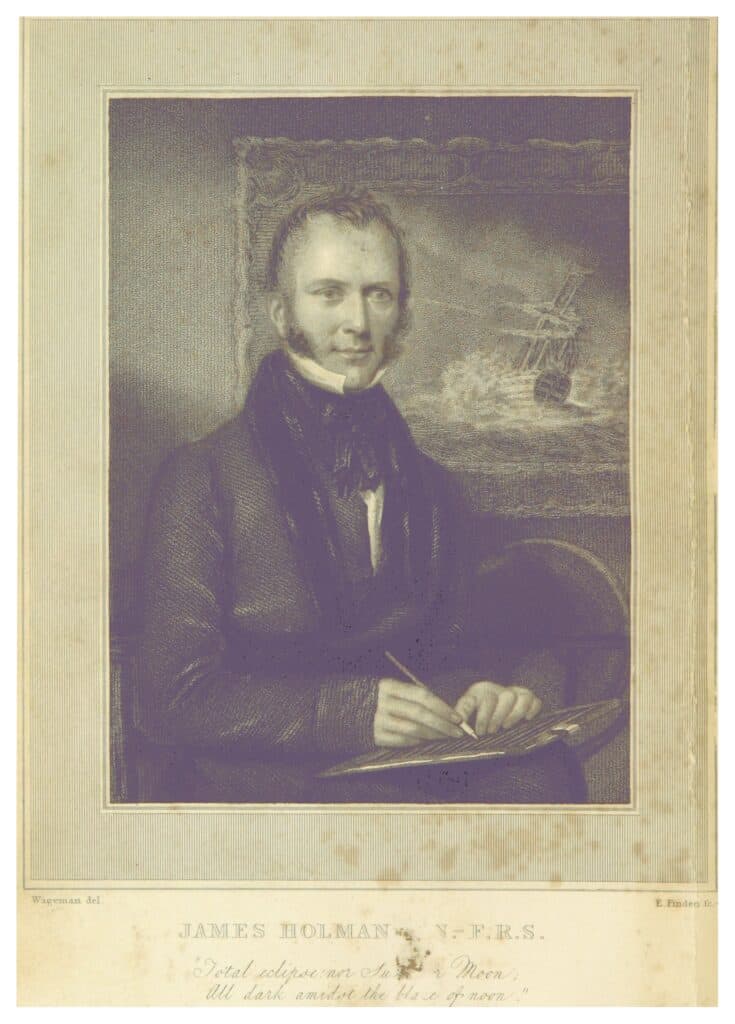
James Holman, known as the “Blind Traveler,” was a British adventurer who, despite losing his sight at the age of 25, became one of the most well-traveled men of his time. Holman’s journeys took him across Europe, Africa, Asia, and the Americas, covering more than 250,000 miles. Traveling alone, Holman relied on his other senses, a cane, and his remarkable memory to navigate the world. His travels were extraordinary not only because of the vast distances he covered but also because he defied the expectations and limitations placed on the blind during his era. Despite his achievements, Holman’s contributions to exploration have been largely forgotten, and his writings were dismissed by his contemporaries who found it difficult to believe that a blind man could offer such detailed observations. Holman’s story is one of resilience and determination, making him an inspiring yet overlooked figure in the history of exploration.
Pedro Álvares Cabral
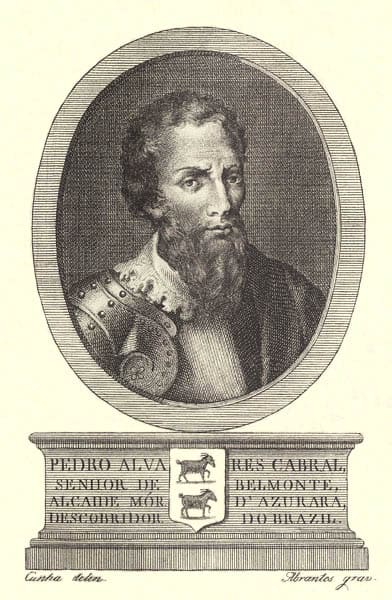
Pedro Álvares Cabral was a Portuguese navigator and explorer who is credited with the discovery of Brazil in 1500. While en route to India, Cabral’s fleet was blown off course and landed on the coast of what is now Brazil, claiming the land for Portugal. This accidental discovery led to the establishment of Brazil as a Portuguese colony, shaping the history of South America. After his brief stay in Brazil, Cabral continued his voyage to India, where he established a trade route that would become crucial to Portugal’s dominance in the spice trade. Despite his pivotal role in expanding the Portuguese Empire and changing the course of history in the New World, Cabral’s achievements have often been overshadowed by other explorers of his time, making him an overlooked figure in the Age of Discovery.
Sir Walter Raleigh
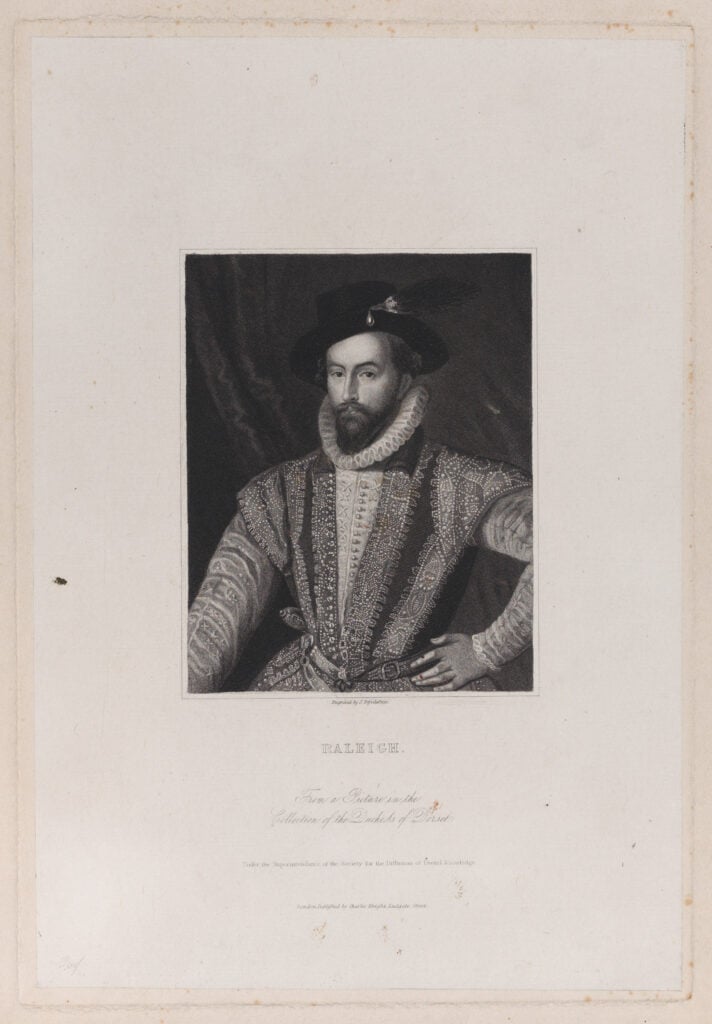
Sir Walter Raleigh was an English explorer, soldier, and writer who played a key role in the early colonization of North America. Raleigh is best known for his attempts to establish a colony in Virginia, which led to the ill-fated Roanoke Colony, also known as the “Lost Colony.” Despite the failure of this venture, Raleigh’s efforts laid the groundwork for future English settlements in America. Raleigh also explored the Orinoco River in South America in search of the legendary city of El Dorado. Although he never found the city, his explorations provided valuable information about the geography and peoples of the region. Raleigh’s contributions to exploration are often overshadowed by his political downfall and execution, making him an overlooked yet significant figure in the history of exploration.
Sir Francis Drake
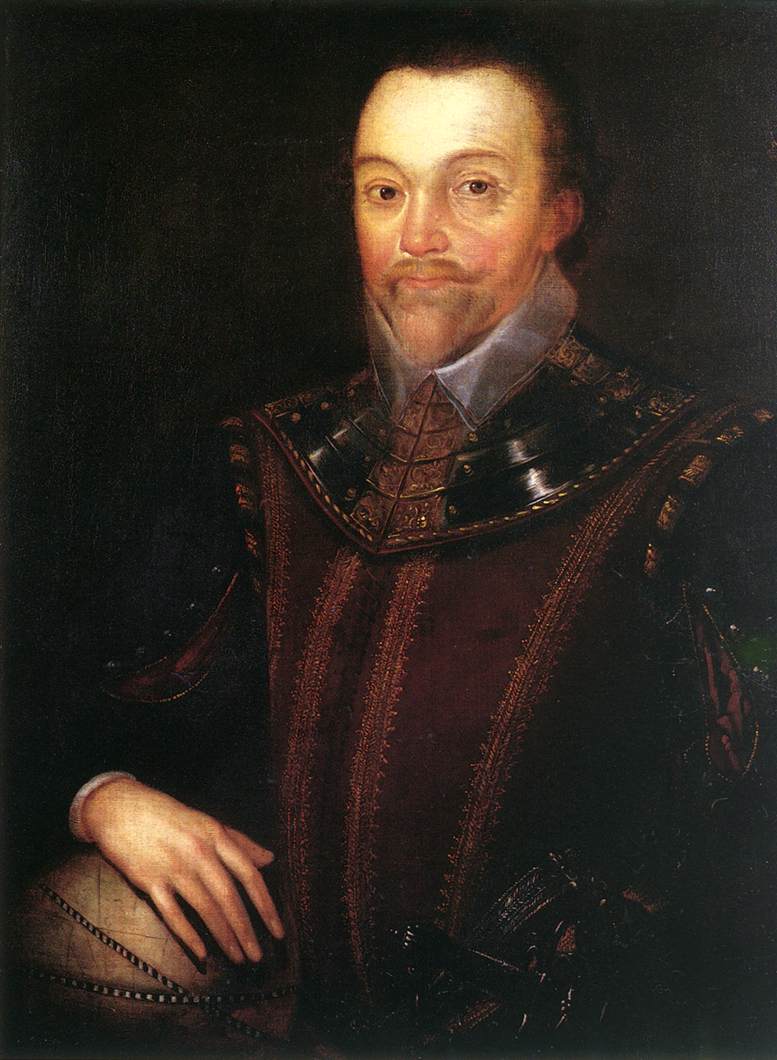
Sir Francis Drake was an English sea captain, privateer, and explorer who became the first Englishman to circumnavigate the globe between 1577 and 1580. Commissioned by Queen Elizabeth I, Drake’s voyage was not only a feat of navigation but also a successful privateering mission against the Spanish. Along the way, Drake explored the coast of South America, claimed what is now California for England, and crossed the Pacific Ocean, Indian Ocean, and finally the Atlantic, returning to England as a hero. Despite his accomplishments, Drake’s reputation has often been marred by his role in the transatlantic slave trade and his actions against the Spanish. As a result, his contributions to exploration have sometimes been overlooked, even though his voyage marked a significant achievement in the history of navigation and global exploration.
Marco Polo
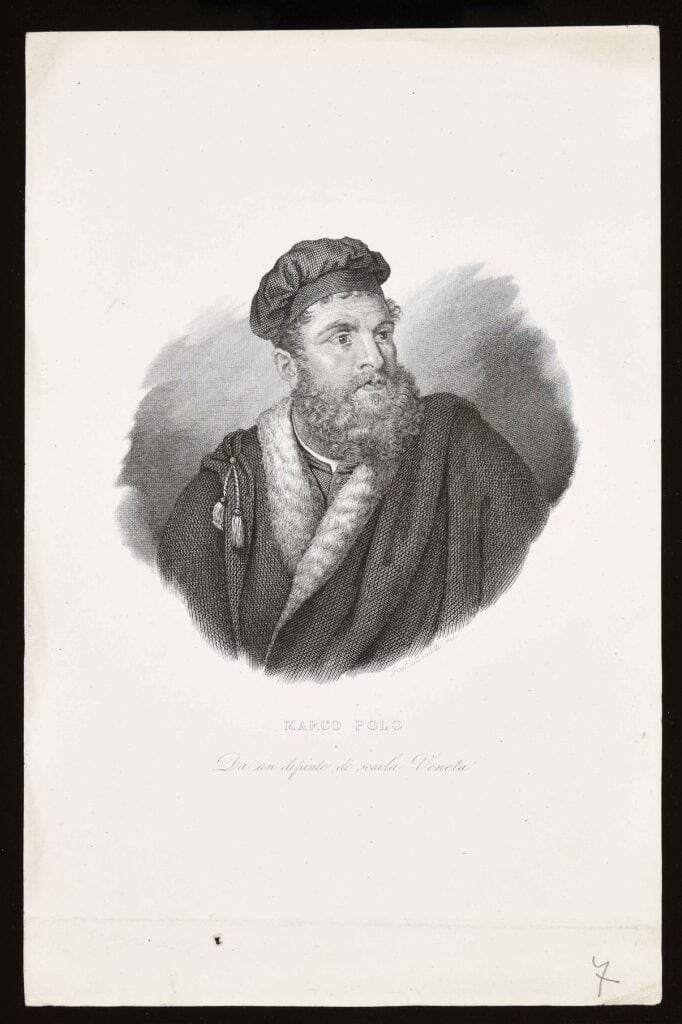
Marco Polo was a Venetian merchant and explorer who traveled from Europe to Asia along the Silk Road, spending 17 years in China and the court of Kublai Khan. His travels, which took place between 1271 and 1295, were recorded in his book “The Travels of Marco Polo,” which provided Europeans with a detailed account of the geography, culture, and wealth of Asia. Polo’s descriptions of the wonders of the East, including the use of paper money, the Great Wall of China, and the Mongol Empire’s vast cities, captivated European audiences and inspired future explorers like Christopher Columbus. Despite his influence, some historians have questioned the accuracy of Polo’s accounts, leading to debates about the authenticity of his travels. Nevertheless, Marco Polo’s journey opened the eyes of Europe to the riches and possibilities of the East, making him a pivotal yet sometimes overlooked figure in the history of exploration.
Zheng He
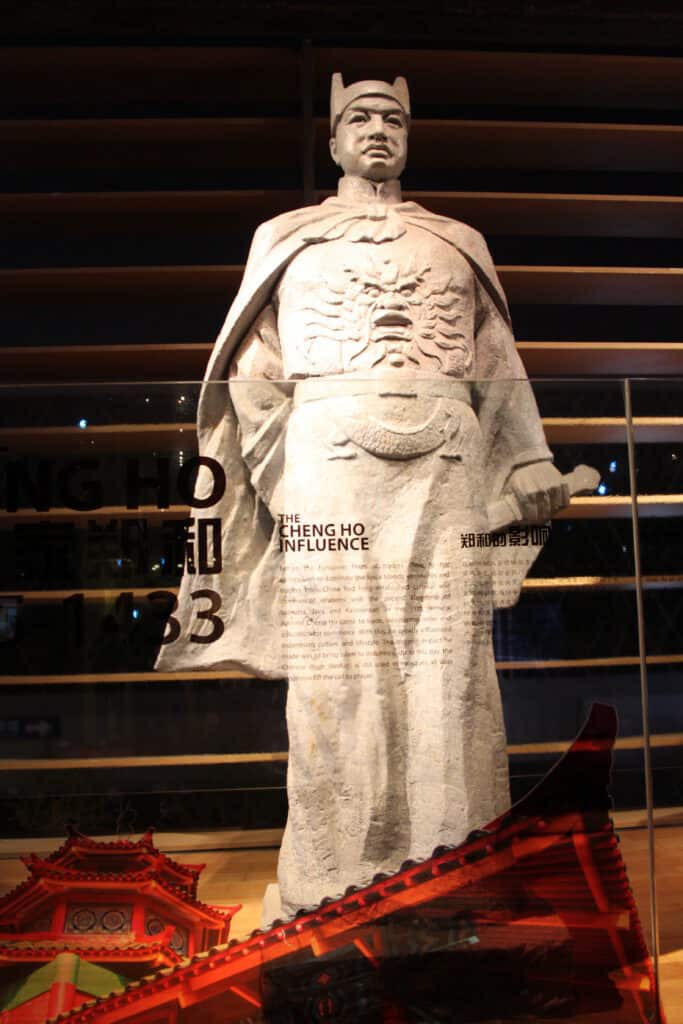
Zheng He was a Chinese admiral and explorer who commanded the largest fleet the world had ever seen during the early 15th century. Between 1405 and 1433, Zheng He led seven epic voyages that took him from China to Southeast Asia, South Asia, the Middle East, and the eastern coast of Africa. His fleet of massive treasure ships, some over 400 feet long, carried thousands of men and vast amounts of goods, establishing Chinese influence and trade relations across the Indian Ocean. Despite his significant contributions to global exploration and diplomacy, Zheng He’s legacy was largely forgotten after China entered a period of isolationism. His voyages predated those of European explorers by nearly a century, yet his name is not as widely recognized outside of China, making him an overlooked giant in the annals of exploration.
Roald Amundsen
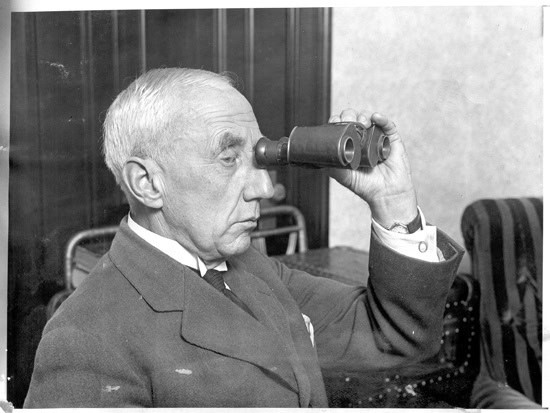
Roald Amundsen was a Norwegian explorer who led the first successful expedition to the South Pole in 1911. Amundsen’s journey to the Pole was a triumph of careful planning, expert knowledge of polar conditions, and the use of sled dogs, which allowed him to beat his rival, Robert Falcon Scott, to the Pole by a month. Amundsen’s success marked a significant achievement in the history of exploration, but his fame has often been eclipsed by the tragic fate of Scott’s expedition. In addition to his Antarctic exploits, Amundsen was also the first to navigate the Northwest Passage by ship and later became the first person to reach both the South and North Poles. Despite these remarkable accomplishments, Amundsen’s legacy is sometimes overshadowed by the more dramatic stories of other explorers, making him an overlooked giant in the field of polar exploration.
This article originally appeared on Rarest.org.
More from Rarest.org
Cliffside villages offer some of the most stunning views on earth. Perched high above the sea, these unique places blend natural beauty with rich history. Read more.



